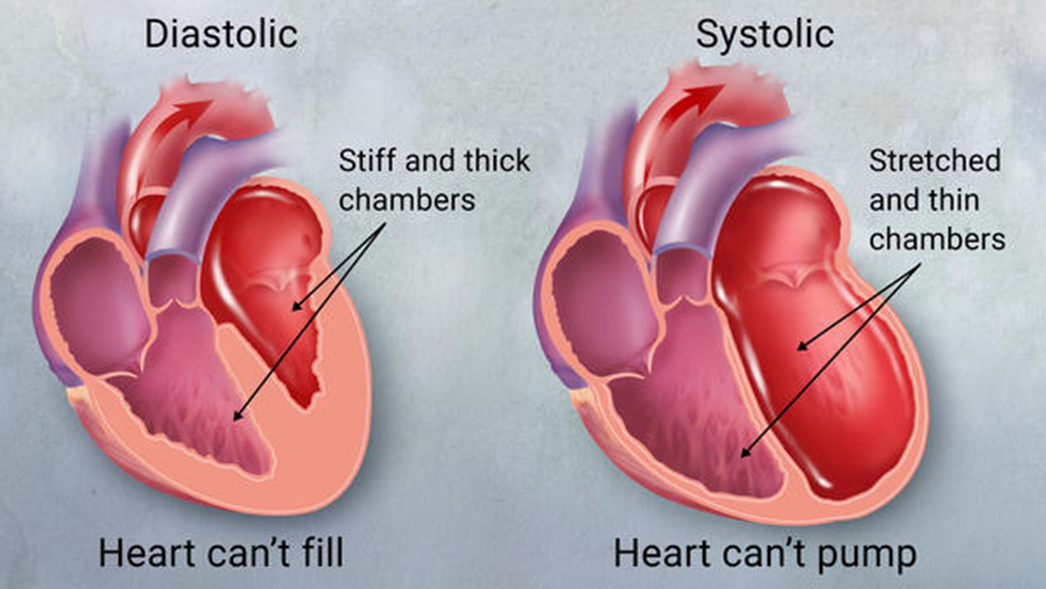A public health nurse is comparing mortality rates in their state to overall mortality rates in the U.S. Which of the following mortality rates should the nurse use for this comparison?
Proportionate mortality
Case fatality
Cause-specific mortality rate
Crude mortality rate
The Correct Answer is D
Choice A Reason:
Proportionate mortality refers to the proportion of deaths in a population attributable to different causes. It is expressed as a percentage of total deaths. While useful for understanding the distribution of causes of death, it does not provide a direct comparison of overall mortality rates between different populations or regions.
Choice B Reason:
Case fatality rate is the proportion of individuals diagnosed with a particular disease who die from that disease within a specified period. It is a measure of the severity of the disease rather than the overall mortality rate. This metric is not suitable for comparing general mortality rates between a state and the entire country.
Choice C Reason:
Cause-specific mortality rate refers to the mortality rate from a specific cause of death within a population. While this can provide insights into the impact of particular diseases or conditions, it does not offer a comprehensive view of overall mortality. Comparing cause-specific mortality rates would require multiple comparisons for different causes, complicating the analysis.
Choice D Reason:
Crude mortality rate is the total number of deaths in a population over a specific period, usually expressed per 1,000 or 100,000 individuals. This rate provides a straightforward measure of the overall mortality in a population, making it the most appropriate metric for comparing mortality rates between a state and the entire country. It allows for a direct comparison of the general health status and mortality burden across different regions.
Nursing Test Bank
Naxlex Comprehensive Predictor Exams
Related Questions
Correct Answer is C
Explanation
Choice A Reason:
The expansion of the program within the Hispanic community is indeed an important initiative for many community health programs, including the Nurse-Family Partnership. However, it is not the standout aspect of the impact report in question. The focus on public-private partnerships is more prominently highlighted in the report, reflecting a broader strategy to enhance program reach and effectiveness through diverse collaborations.
Choice B Reason:
The statement that the impact report is kept private is incorrect. Impact reports are typically public documents designed to showcase the achievements and progress of a program to stakeholders, funders, and the community. Keeping such a report private would defeat its purpose of transparency and accountability.
Choice C Reason:
Expansion of public-private partnerships is a key initiative. This is a standout aspect of the Nurse-Family Partnership impact report. Public-private partnerships are crucial for scaling up health programs, securing funding, and integrating services across different sectors. These partnerships enable the program to leverage resources, expertise, and networks from both public and private entities, thereby enhancing its impact and sustainability.
Choice D Reason:
The statement that the impact report focuses solely on local partnerships is not accurate. While local partnerships are important, the report emphasizes a broader strategy that includes both local and wider public-private partnerships. This comprehensive approach ensures that the program can address community needs more effectively and sustainably.
Correct Answer is B
Explanation
Choice A Reason:
Reinforcing past teachings on how to read food labels is an important educational intervention. It helps the client make informed dietary choices, which can be crucial in managing heart failure. However, this intervention is more aligned with secondary prevention, which focuses on early detection and management of disease risk factors to prevent progression. Tertiary prevention, on the other hand, aims to manage and mitigate complications of an already established disease.
Choice B Reason:
Tertiary prevention focuses on managing and mitigating the effects of an existing disease to prevent complications and improve quality of life. In the context of heart failure, this involves monitoring and managing symptoms to prevent disease progression and hospitalizations. Reviewing the client's daily weights helps detect early signs of fluid retention, a common issue in heart failure, allowing for timely interventions.
Choice C Reason:
Reminding the client to ask for the pneumococcal vaccine during their next provider appointment is a preventive measure aimed at reducing the risk of infections, which can exacerbate heart failure. This intervention falls under primary prevention, as it aims to prevent the occurrence of a new health issue (pneumonia) rather than managing an existing condition.
Choice D Reason:
While assessing for edema is important in managing heart failure, it is more of a diagnostic activity rather than an intervention. Tertiary prevention involves interventions to manage and mitigate the effects of an existing disease.
Whether you are a student looking to ace your exams or a practicing nurse seeking to enhance your expertise , our nursing education contents will empower you with the confidence and competence to make a difference in the lives of patients and become a respected leader in the healthcare field.
Visit Naxlex, invest in your future and unlock endless possibilities with our unparalleled nursing education contents today
Report Wrong Answer on the Current Question
Do you disagree with the answer? If yes, what is your expected answer? Explain.
Kindly be descriptive with the issue you are facing.
